The force acting along the two surfaces in contact which opposes the motion or the tendency of motion of one body over the other is known as the force of friction or frictional force. It acts on both the surfaces in contact.
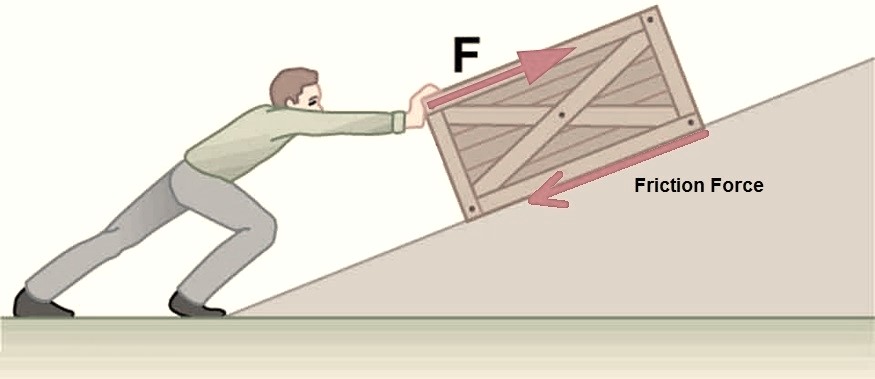
A diagram showing how friction opposes the motion
Reason behind friction
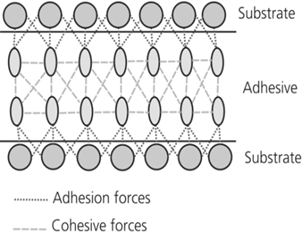
Force of friction arises due to the force of adhesion at the point of contact. Adhesion is the force of attraction between molecules (material) of different kind. Similarly Cohesion is the force of attraction between molecules of same kind.
When two rough surfaces come in contact, many contact points are formed. The atoms or molecules present at such points of contact attracts due to adhesive forces which opposes motion of one body over other.
There are two areas of contact- apparent area of contact & actual area of contact. Friction depends on actual area of contact.
FACTORS AFFECTING FRICTION
Friction depends on the following:
- Nature of surfaces.
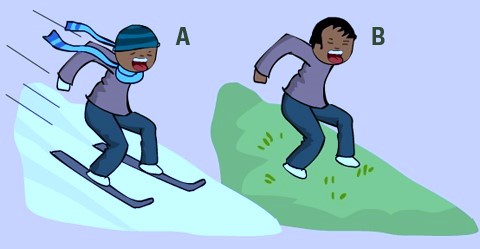
Smooth surface (Ice) provide less friction compare to rough surface (grass) provide
- Normal forces (friction forces is directly proportional to normal force between the contact surfaces).
- Actual area of contact and is independent of apparent area of contact (increases with increase in actual area of contact).

LIMITING FRICTION
The force which is just sufficient to move body over a rough surface is the ‘limiting friction’.

In the figure shown we can see friction (f) acting opposite to the applied force F.
Let us increase the applied force F but till F = f, the block will not move as friction is also increasing along with F. But this increase of friction is limited up to a value which is known as fl (limiting friction).
Let us take the limiting value of friction be fl, then unless F exceeds fl, the block won’t move over the rough surface.
Types of Friction
Friction is of three types:
- Static friction
- Sliding friction
- Rolling friction
Static friction is the friction acting when one body is not moving over other body but there is a tendency to move.
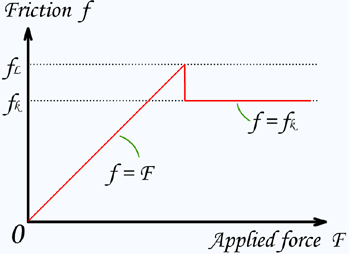
Sliding friction is the friction acting when one body is moving over other body. Sliding friction is also known as kinetic friction.
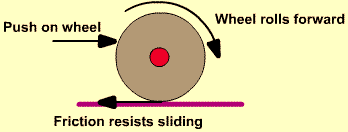
Rolling friction acts when body rolls over another rough body.
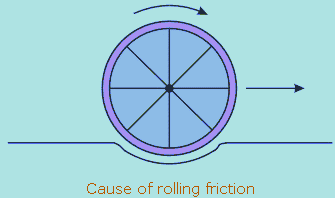
The above graph between friction and force applied shows the concept of static, sliding and limiting friction. It can be easily seen that fstatic>fkinetic
Friction due to liquid and gases
When a solid moves in a liquid or gas its surface experiences a frictional force. This frictional force exerted by fluids is also known as drag.
It is established that fsolid>fliquid>fgas
The shape of the body around which fluid (liquid or gas) can easily flow, offering minimum friction is called as streamlined flow.
Effects of Friction
- Friction opposes motion of body over other body,
- Friction produces Heat (rubbing of surfaces leads to evolution of heat)
- Friction causes wear & Tear.
Friction enables us to walk

In position 1, friction acts on the leg if the forward direction which is the driving force for walking.
In position 2, no friction force acts on the leg.
In position 3, friction acts on the leg if the backward direction which is the decelerating force for stop.
Ways to reduce friction
- Streamlined Shape- The shape of a body around which a fluid (liquid or gas) can easily flow, offering minimum friction, is called streamlined shape, e.g., Aeroplane, Submarine, Rocket, fish etc.

- Polishing – making the surface smooth.
- Wheels – due to rolling friction is very less.
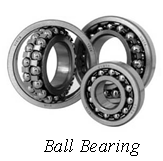
- Lubricants – makes the surface smooth.
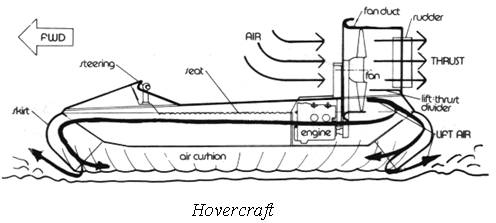
- Ball Bearing – It has rolling balls due to which there is rolling friction, which is less than both static and sliding friction.
Frequently Asked Questions
The formula for friction is: F = μN
Fluid friction happens when things like liquids or gases rub against each other.
Static friction is the force that keeps an object from moving when you try to push or pull it but don't succeed in moving it.
Friction is a force that has a specific direction, so it's a vector.
Frictional force happens when two surfaces touch and slide against each other. It's influenced by the texture of the surfaces and the force pressing them together.
When you write, the pen's tip touches the paper, causing either rolling friction (for a ballpoint pen) or sliding friction (for a pencil). When you skate, the blade of the skate rubs against the ice, creating heat.
Related Links
| S.no | Formulas List |
|---|---|
| 1. | Force |
| 2. | Frictional Force |
| 3. | Thrust and Pressure |
| 4. | Buoyant Force |
| 5. | Waves |
| 6. | Sound |
| 7. | Some Natural Phenomena |
| 8. | Electroscope |
| 9. | Lightning |
| 10. | Earthquake |